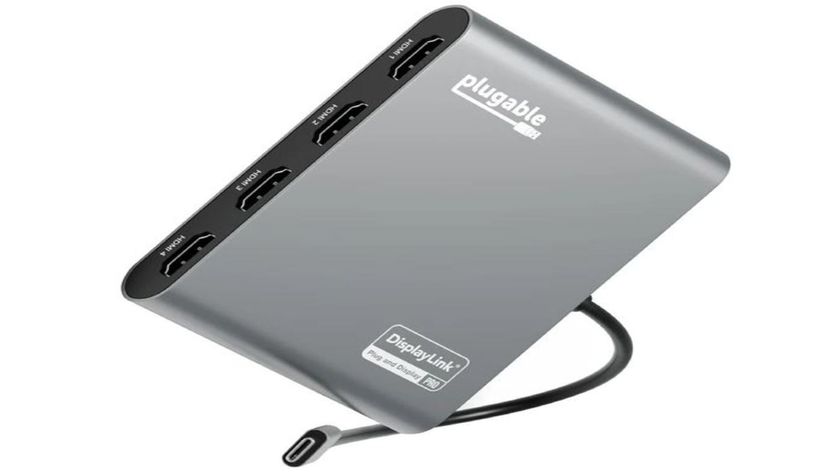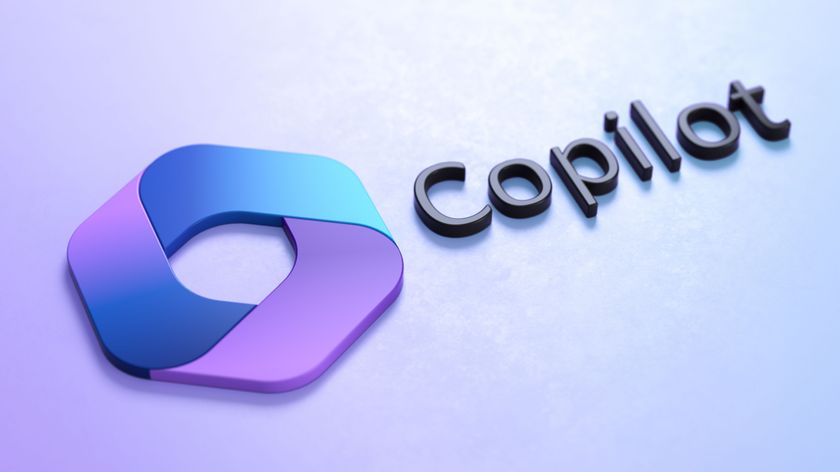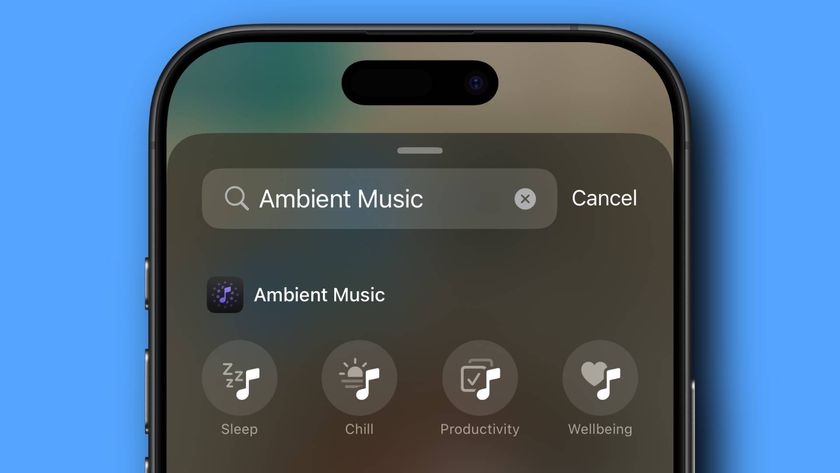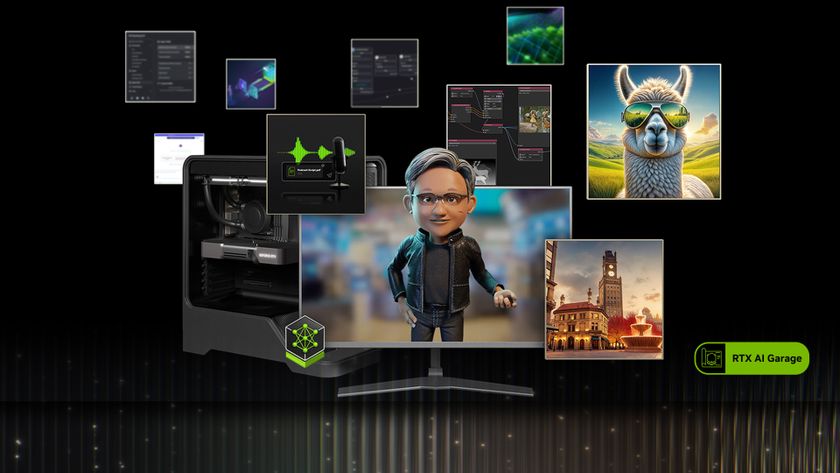Hyper-connectivity of society is at the core of the 6G era
A societal revolution

Technology has pervaded every element of business for decades, either gradually or what feels like overnight. In any case, these changes have been iterations of existing systems and designed to adapt ways of doing things. Post pandemic life, however, is bringing about a change that doesn’t just better, but fundamentally reimagines the tools and technologies at our disposal. The hyper-connectivity of society is at the core of this shift, as we are entering the all-powerful 6G era - a technology that has the potential to be almost unimaginably pervasive.
Joe Baguley, VP and CTO for EMEA, VMware.
While we’re only just scratching the surface of its capabilities, how to capitalize on its projected market value of $1,773.09 billion by 2035 is on the agenda of every government and enterprise around the world. The ultimate goal of 6G is to harness its potential by 2030 to address issues, such as green and energy efficiency, digital inclusiveness, and the adaptability of sectors like health and safety. But to grasp the enormity of where 6G is heading from a business perspective, it’s important to understand where we are right now, and what the future implications of the 6G boom are for society.
Connectivity could become as plentiful as air
The progress made with 5G cannot be underestimated. It was the first to be born in the cloud, is programmable, open and has enabled IoT to advance. But the evolving demands of science and technology, combined with a human vision and need to push boundaries, are calling for more. Some experts believe 6G networks could one day enable users to achieve surfing speeds of one terabit per second on a device.
To put that in perspective, that’s a thousand times faster than most 5G networks can provide, at a maximum of one gigabit per second. This near-instant wireless connectivity will open doors to applications, including smart devices, edge devices, and holographic communication to name a few. When connectivity becomes as unrestricted, plentiful, and unobtrusive as the air we breathe, these visions will become a reality.
Remaining in step with carbon neutrality laws
Previous generations of wireless technologies have been a core driver of network performance towards higher bandwidth, lower latency, and greater reliability. On the contrary, 6G is seen as a platform for computing innovations spanning artificial intelligence (AI), connectivity, sensors and virtualization. The sustainability challenge is at the heart of this shift, as 6G is designed to keep pace with requirements for improving global coverage, spectral efficiency, and reducing carbon footprint, all while enhancing equity and trust.
The more permanent hybrid working trend exemplifies the role the IoT has to play in this shift. Video conferencing and AR/VR collaboration solutions will contribute more to keeping carbon emissions under control, but these changes require further innovation to better support remote interaction. 6G is key to unleashing these technologies’ full potential, yet traditional means of developing these new systems will be rendered irrelevant. Not only does it require an iterative base, but one that can evolve as more data from various components is generated. This calls for a globally connected, self-improving playing field.
Preparing the grounds for sustainable 6G
The path to 6G will look very different to that of previous wireless networks. It will require a complete rearchitecting of the Internet to an Open Grid if it is to support applications like control systems for next generation applications and autonomous vehicles, to name a couple. True cross-collaboration among wireless, cloud, and networking industries will also underpin the endeavor.
Are you a pro? Subscribe to our newsletter
Sign up to the TechRadar Pro newsletter to get all the top news, opinion, features and guidance your business needs to succeed!
The Open Grid Alliance (OGA) is an industry consortium formed to define the architecture of the next generation of the Internet, particularly at the edge. The OGA’s mission is to establish the framework for planet-scale automation and unlock inclusive, cross-sector, multi-dimensional thinking driven by the evolution of the Internet. This is a huge step towards a new world of digital equity – without any technical disparities – where thinkers are empowered to tackle seemingly unsolvable problems. Greater collaborative international research is helping visionaries to lay out the international 6G roadmap and vision, with societal, sustainability, and economic needs front of mind.
What’s next for 6G?
6G isn’t merely an upgrade of wireless, the cloud, or Internet technology. Rather, it’s a fusion of these underlying technologies to reimagine a fully automated life and form an evolution continuum. This continuum is the way people and technology evolve and how society responds. In the coming decade, 6G will introduce connected robots, drones, vehicles and more, which will generate vast volumes of digital information to help humans grow with technology in a way people want. Embracing the fact that 6G will be dealing with more complex applications is when we realize 6G isn’t just a digital revolution, but a societal one.
Joe Baguley is Chief Technology Officer, EMEA, Broadcom












